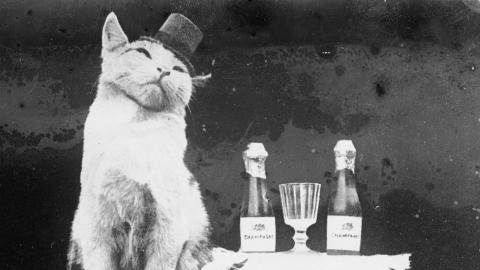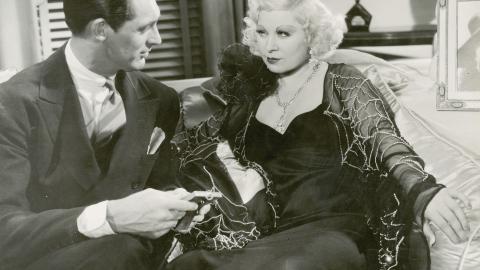
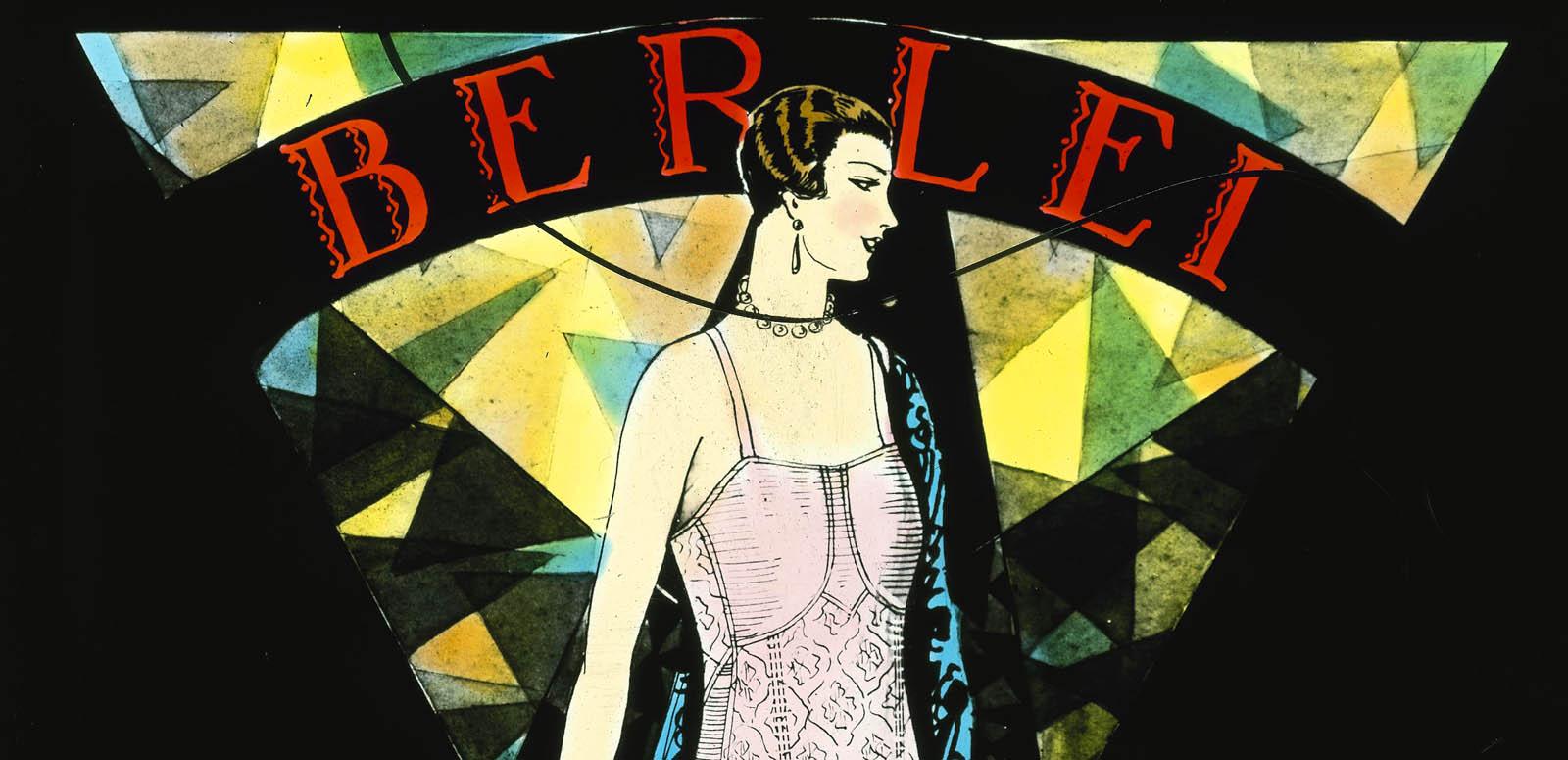
100 years of Berlei
100 years of Berlei
Delight in this elegant sample of cinema and TV ads from the 1920s to 1960s for Australian underwear brand Berlei.
The collection also includes beautiful hand-coloured glass slides used to train Berlei corsetieres, the specialists who fitted corsets.
Berlei started as a small store in 1912 called Unique Corsets Limited, founded by Fred Burley and his brother Arthur. In 1917 they changed their image, adopting the more French-sounding version of Burley - Berlei.
Over the next decade they went from making made-to-order corsets to creating the Five Australian Figure Types and the Berlei Type Indicator, which revolutionised the production of foundation wear. Their aspiration was to be 'the foundation upon which fashion rests'.
Today these advertisements tell us much about the history and development of fashion, ideals of beauty, and women's changing place in Australian society.
![Side fastening wrap-on A woman wearing a pink foundation garment stands amidst art deco design elements suggesting clouds and lightening. The text reads 'side fastening wrap-on [corset] for medium average figures'.](/sites/default/files/styles/asset_full_page/public/09-2017/759903.jpg?itok=HNey9MbT)
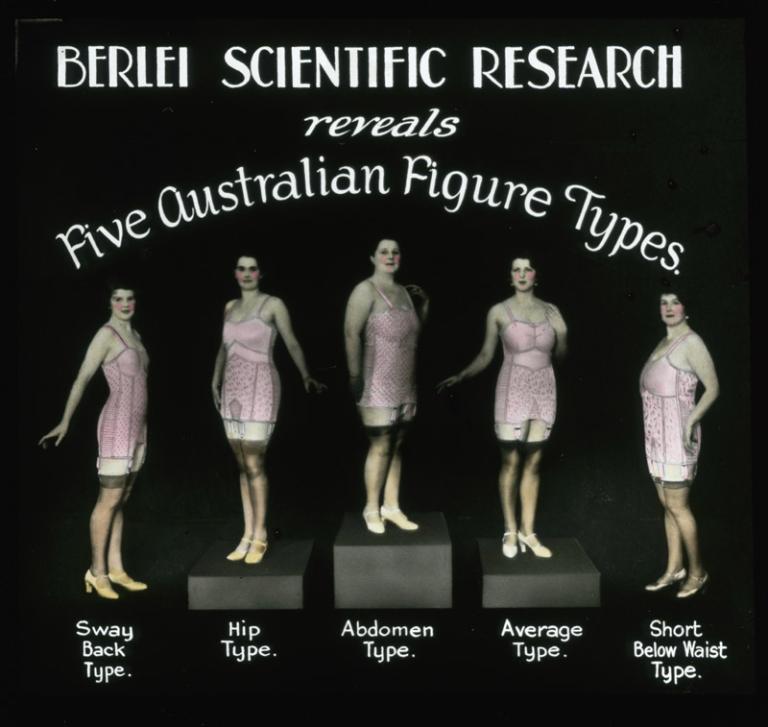
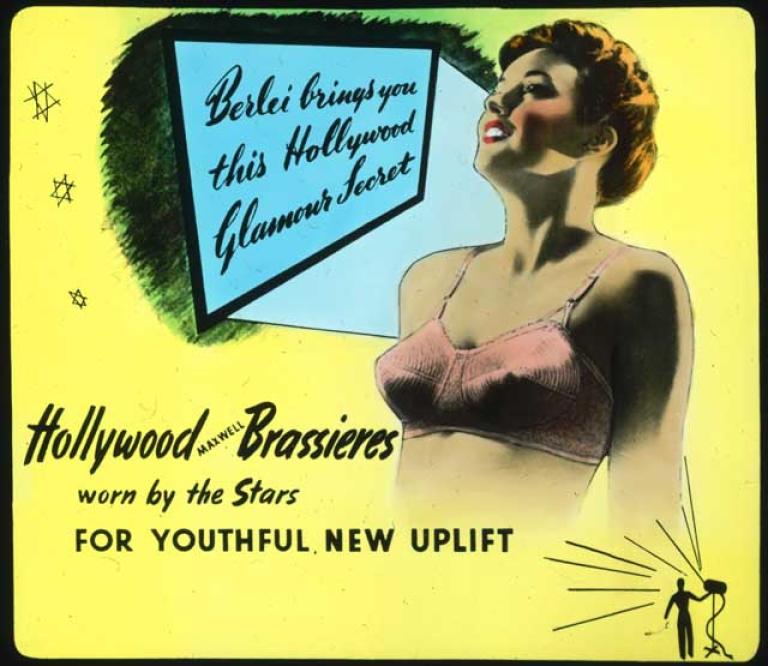
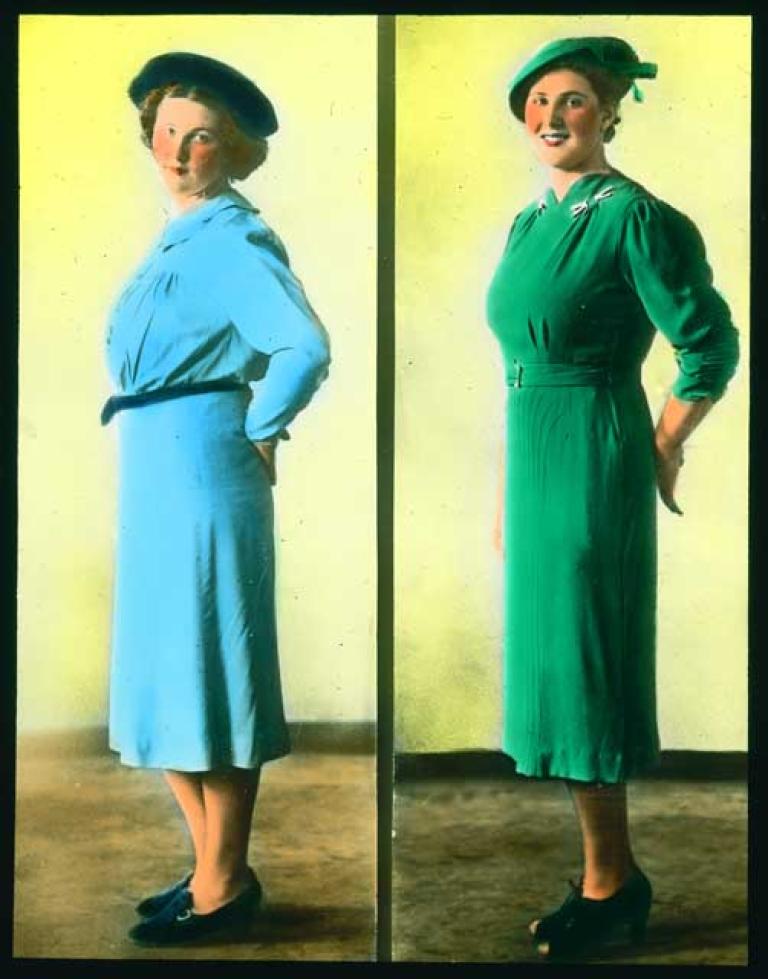
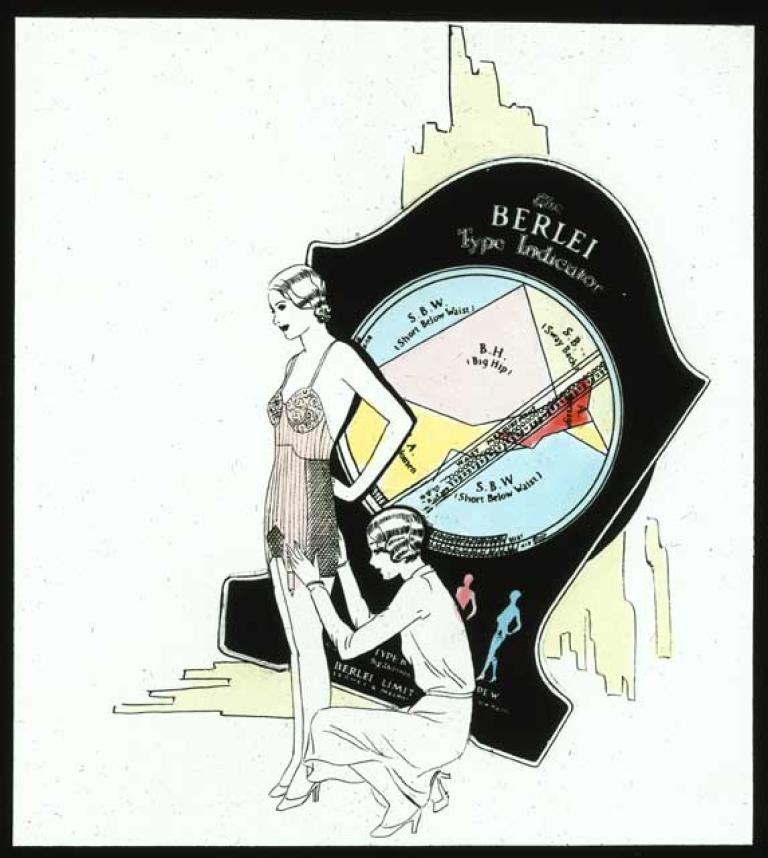
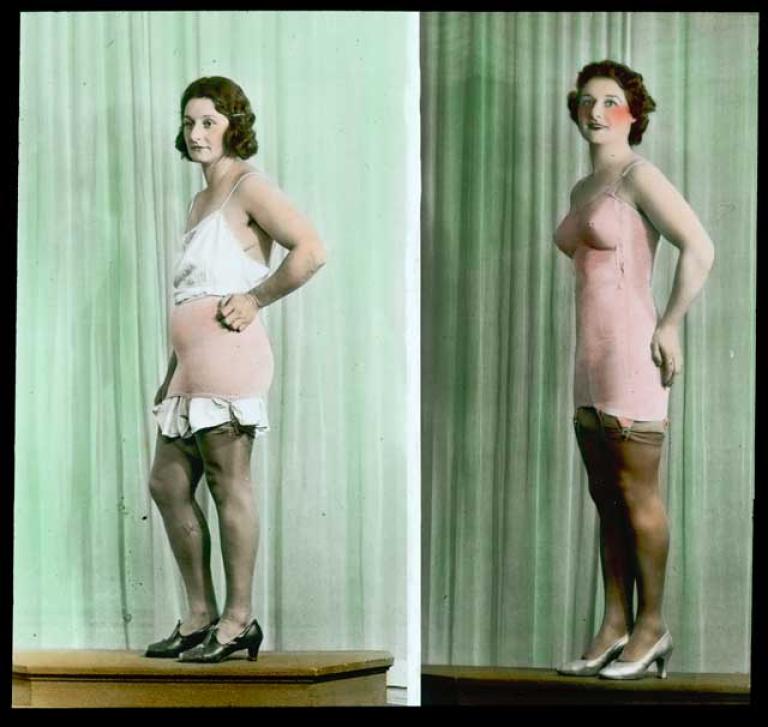
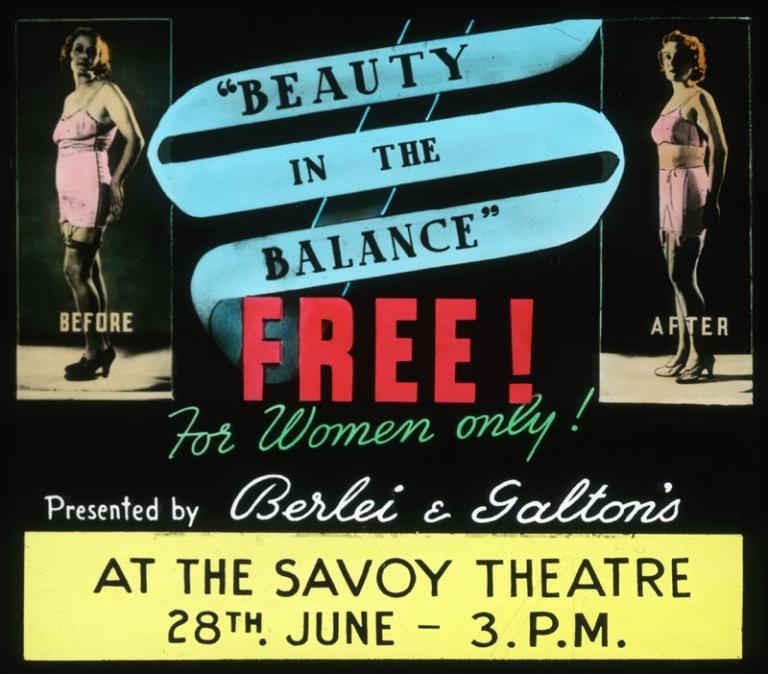
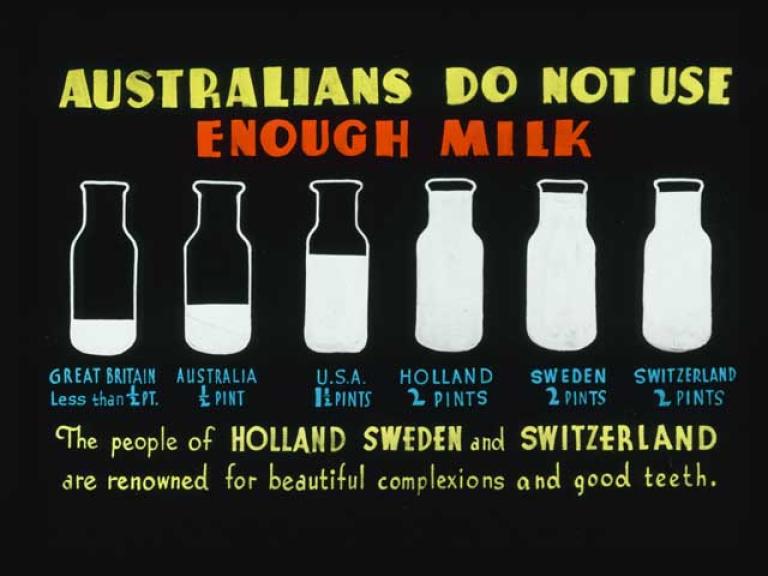
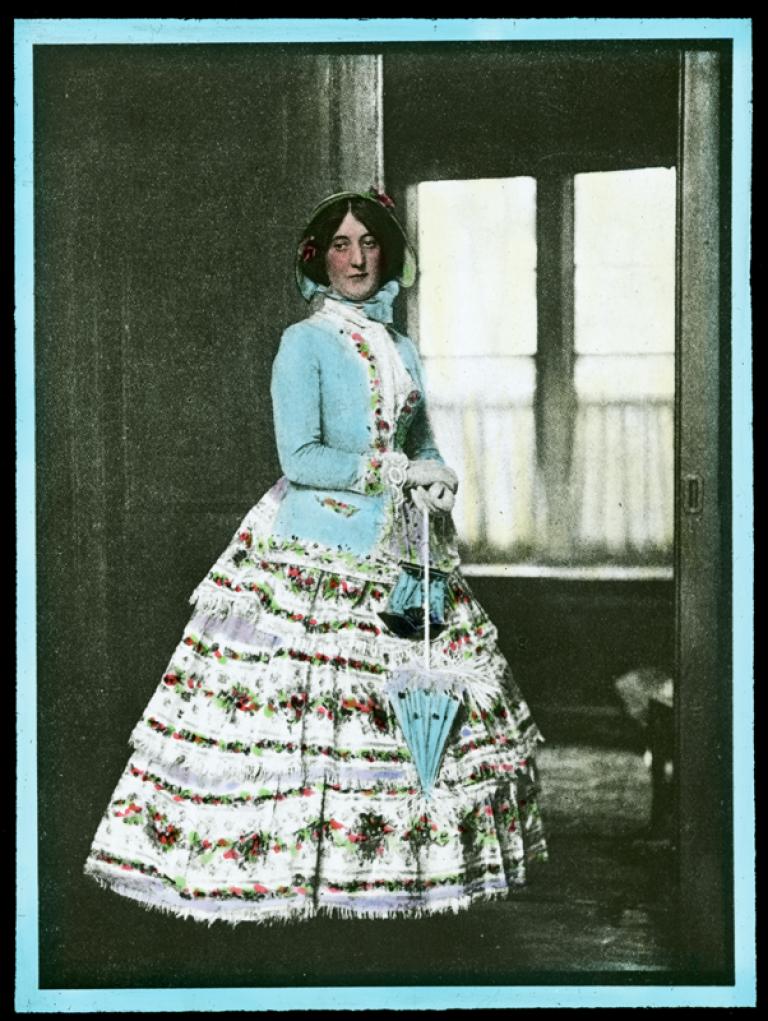
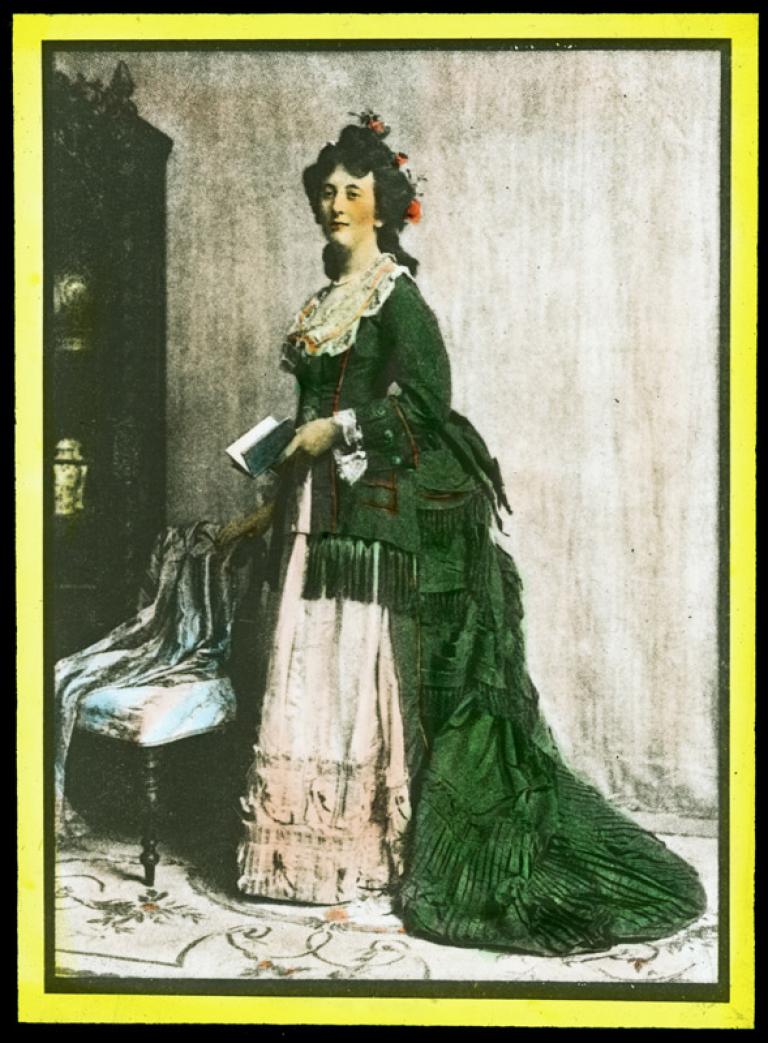
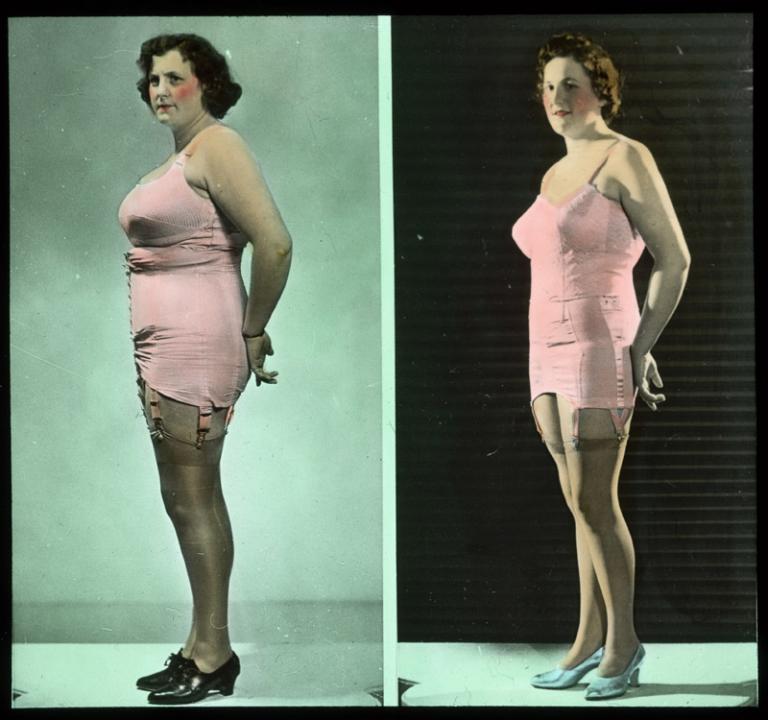
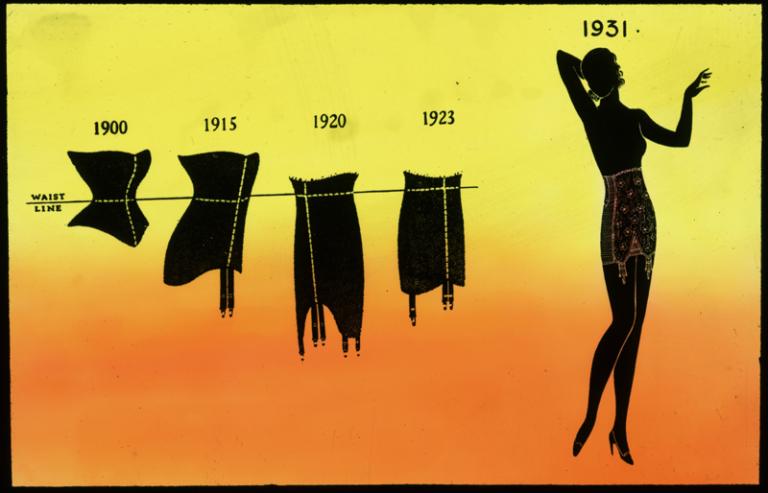
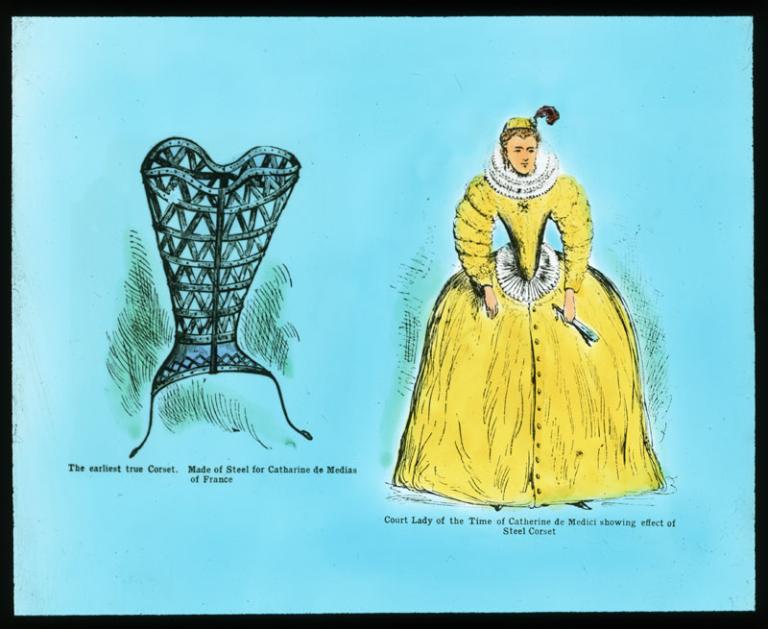
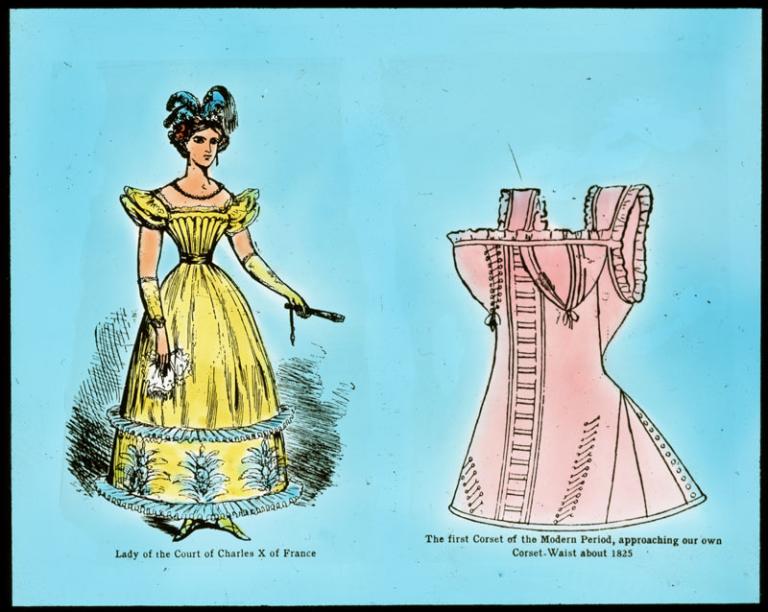
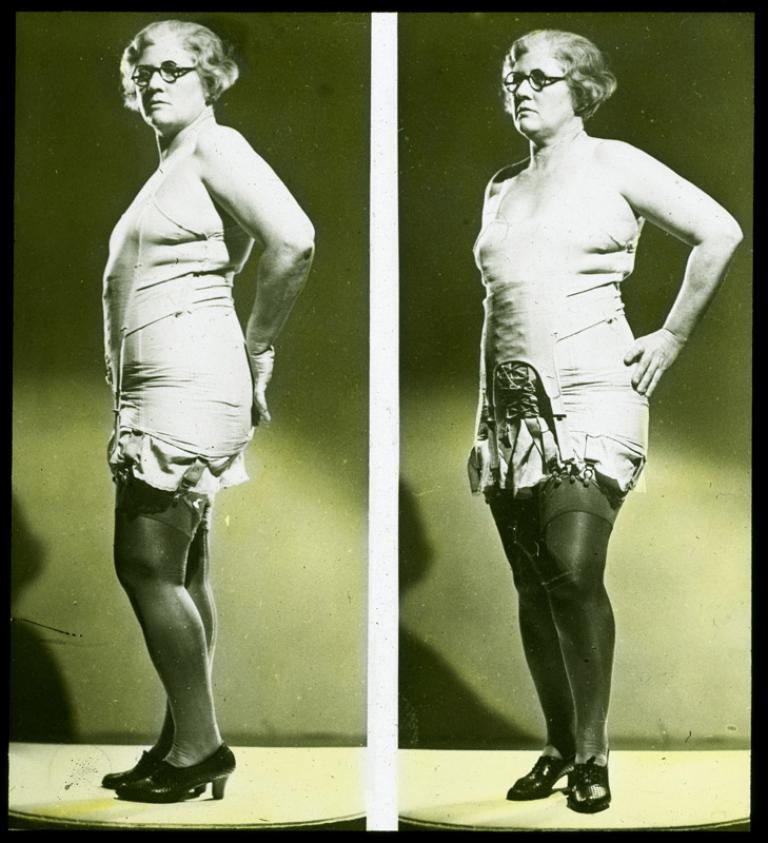
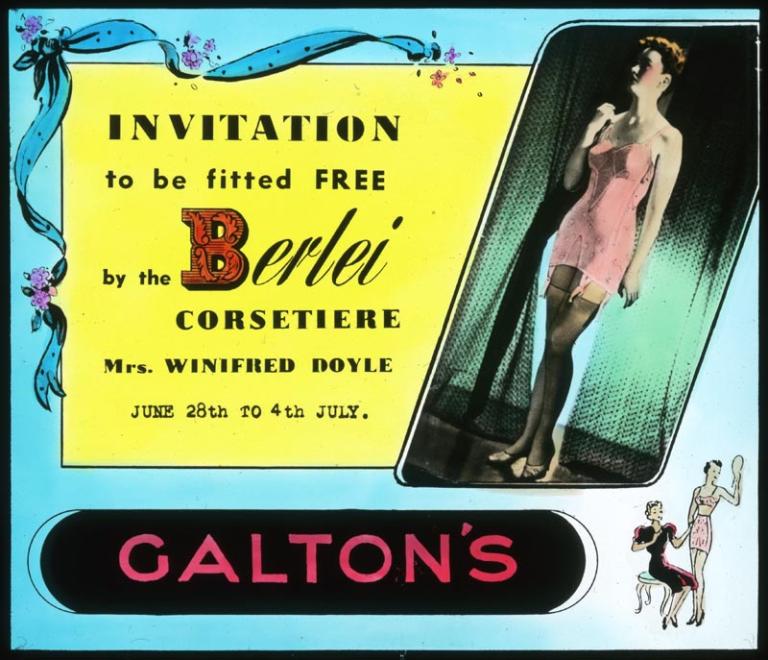
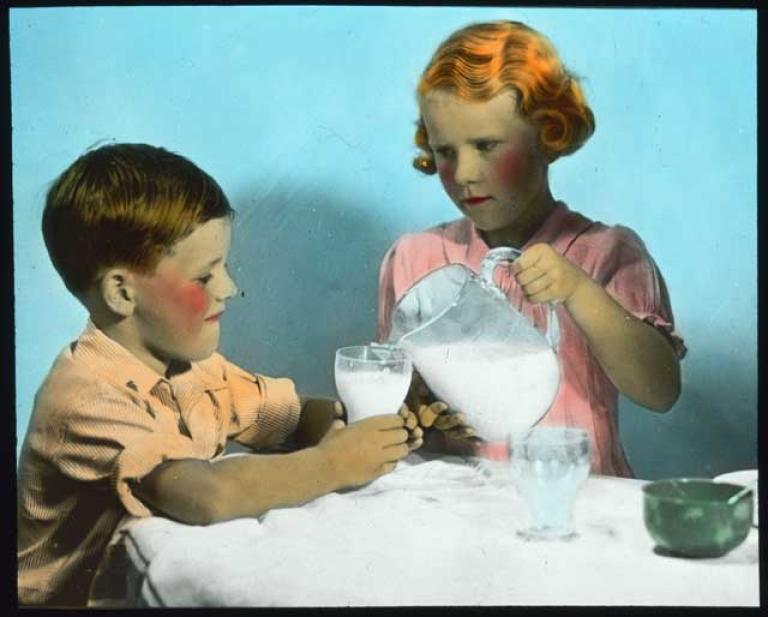
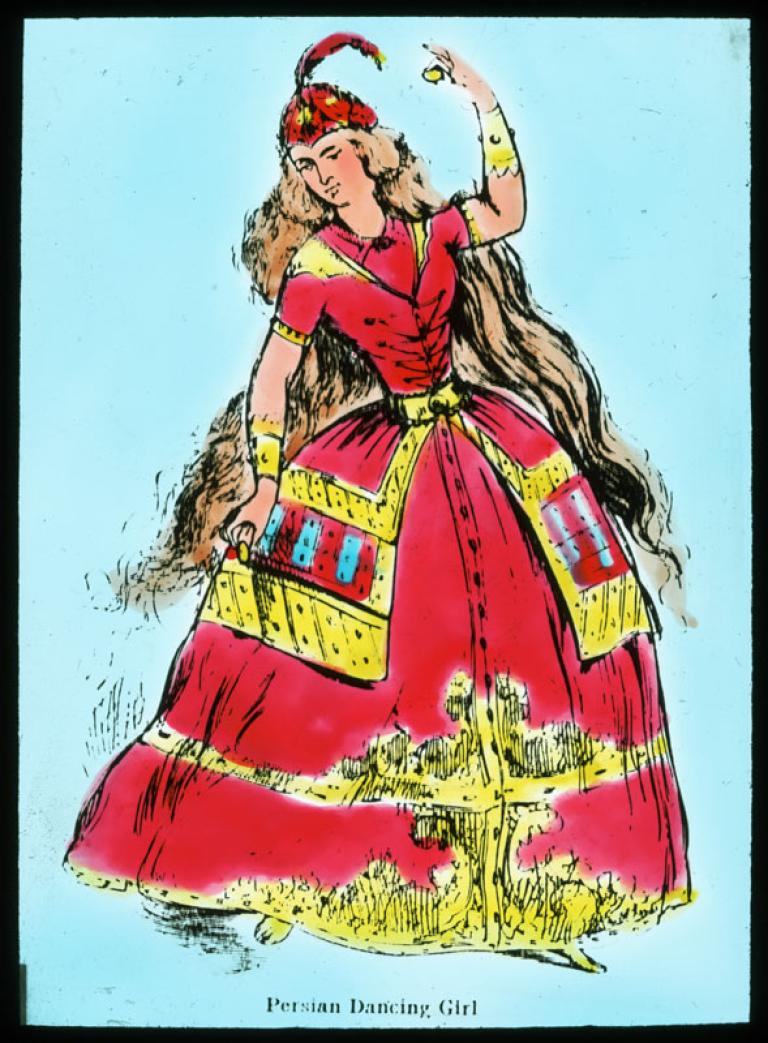
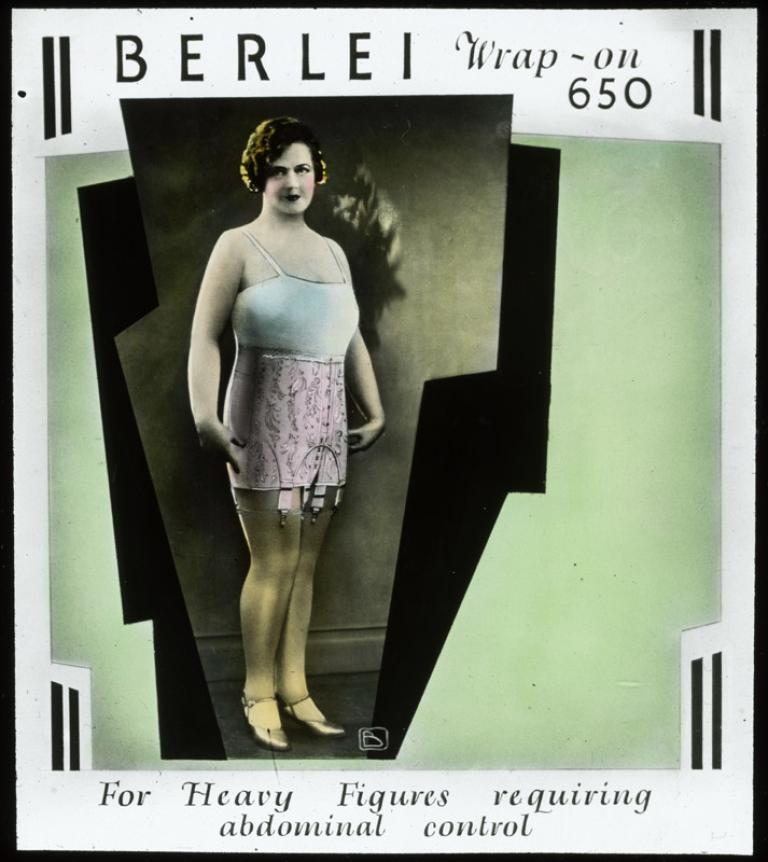
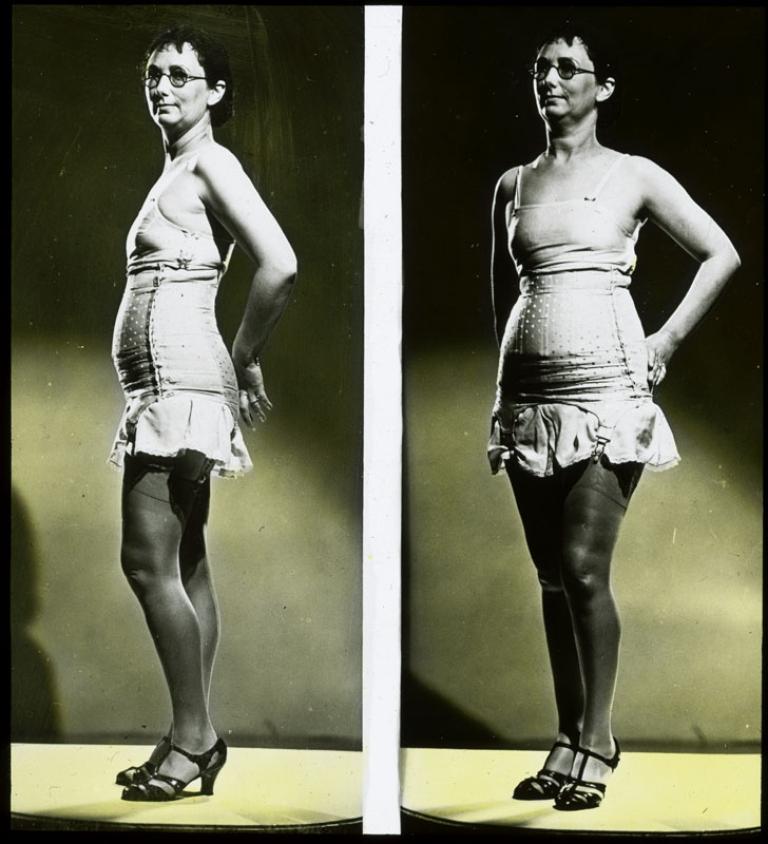
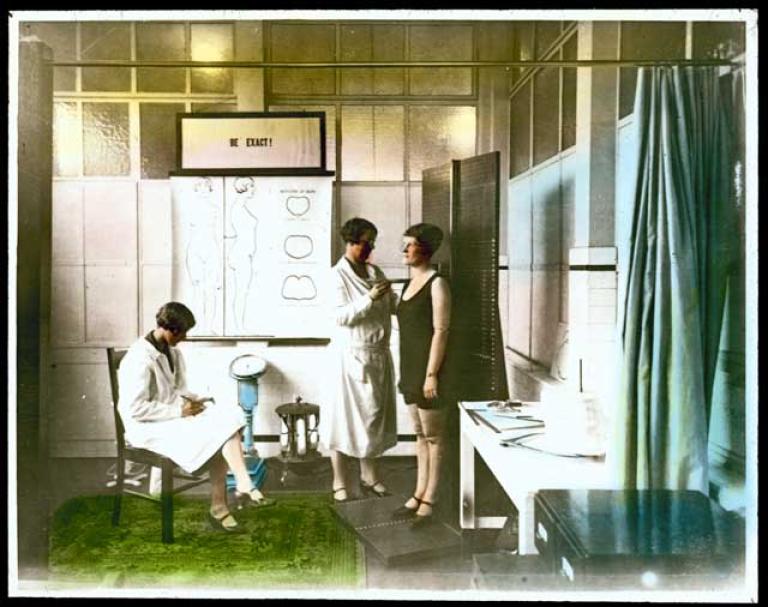
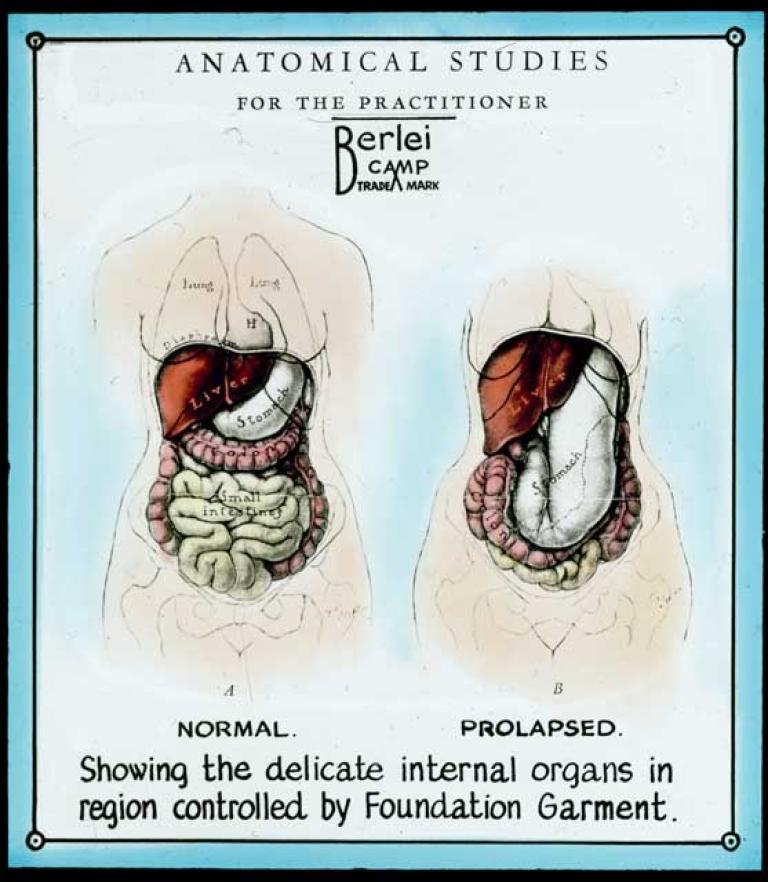
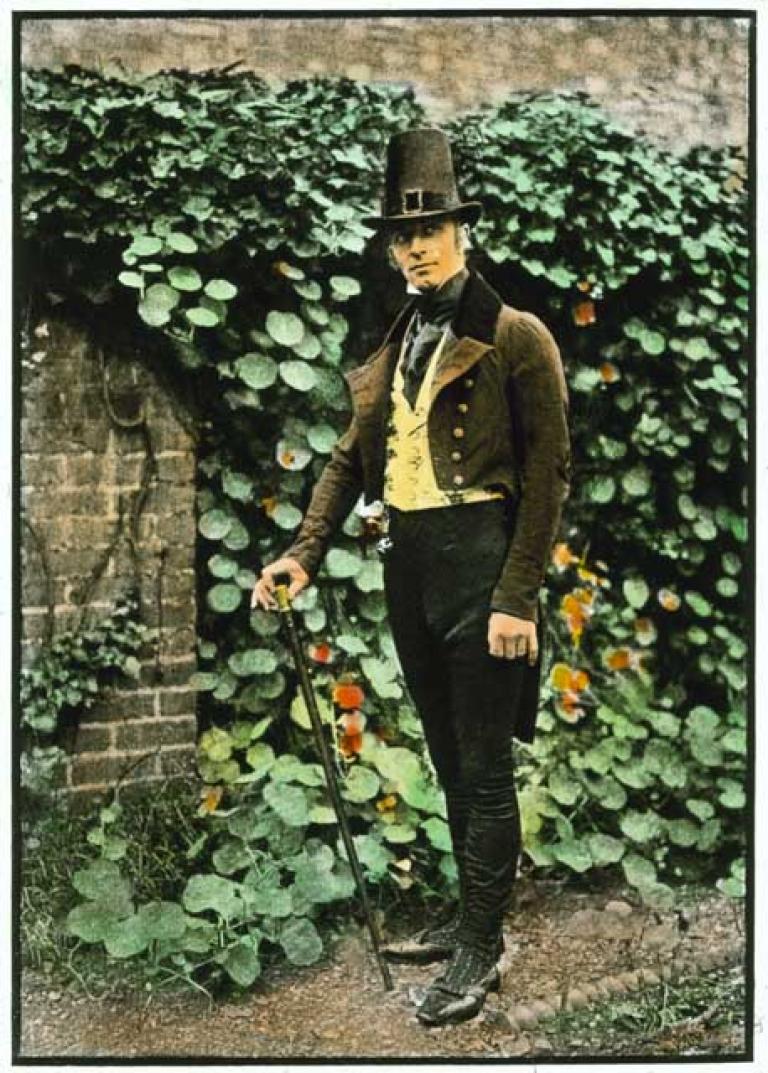
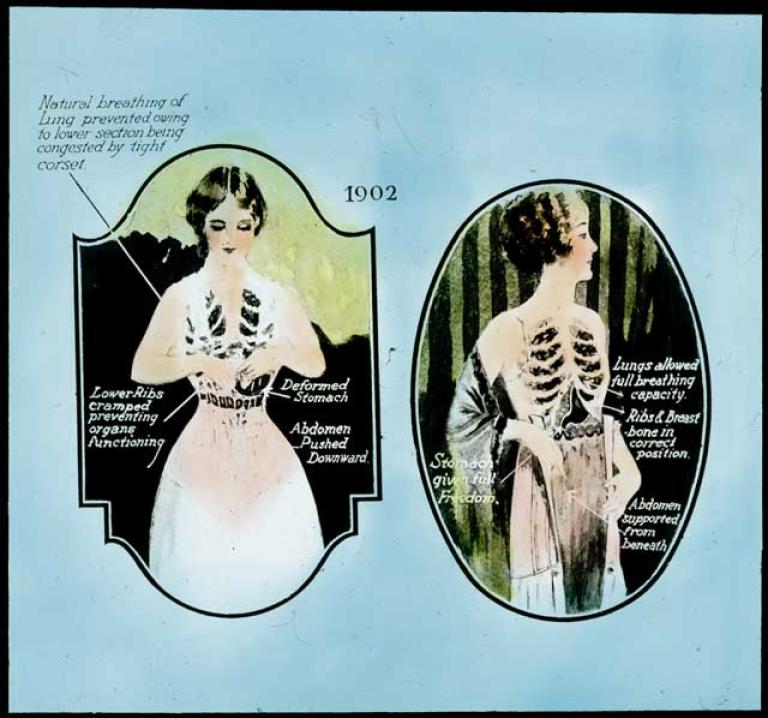
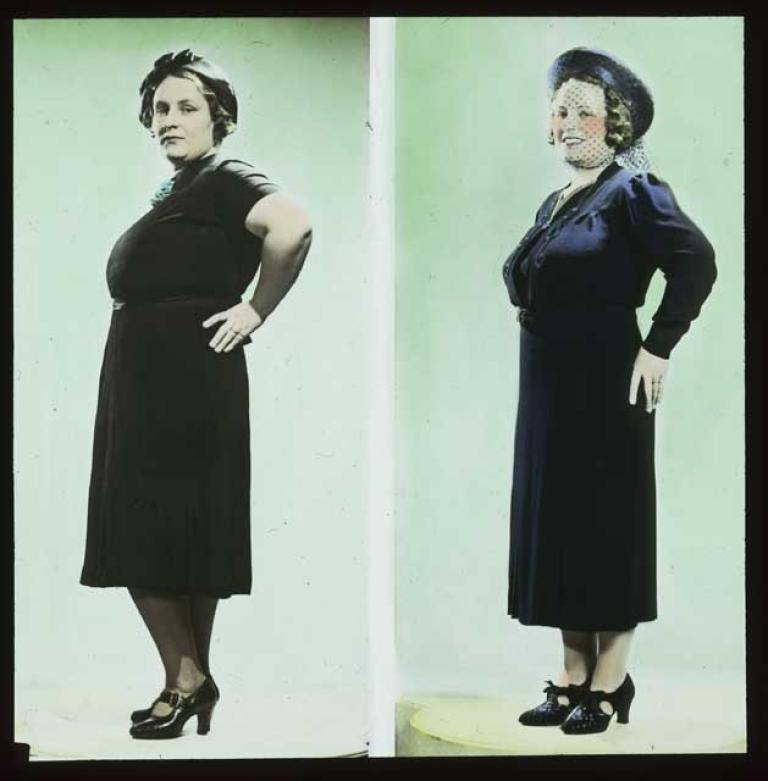
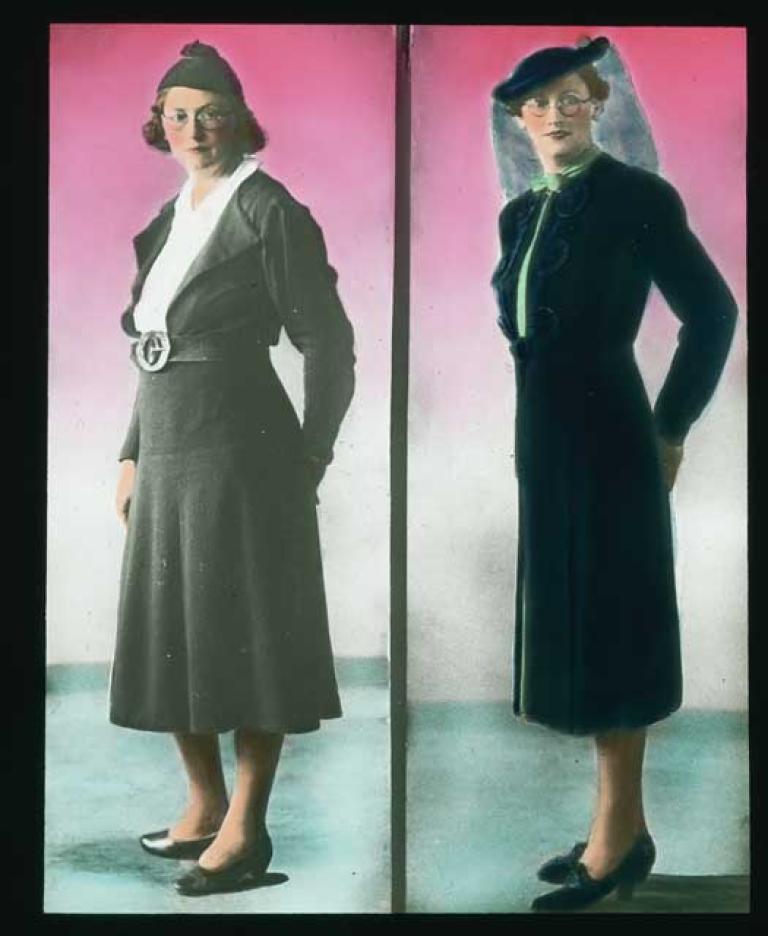
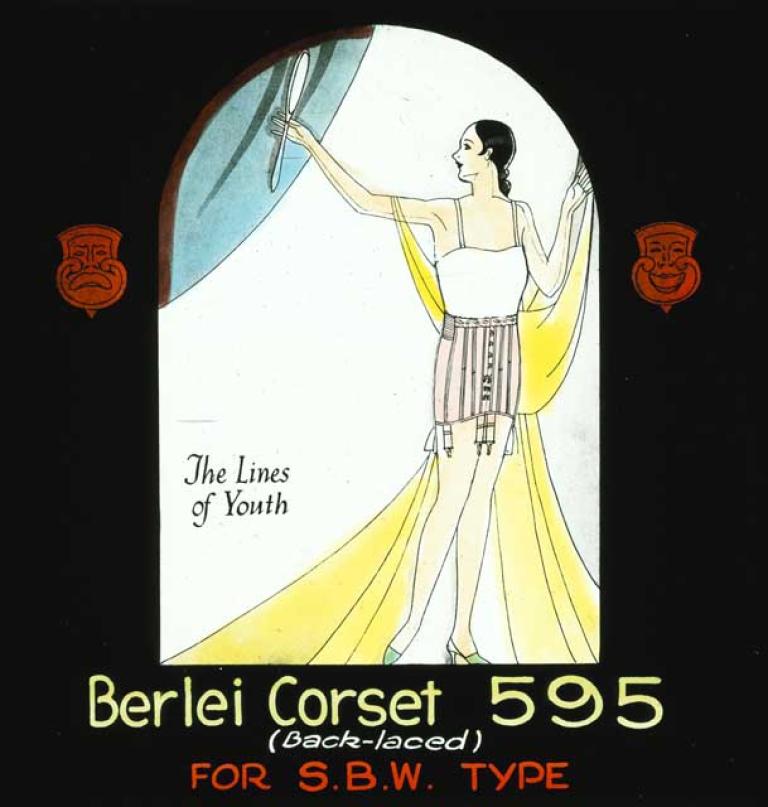
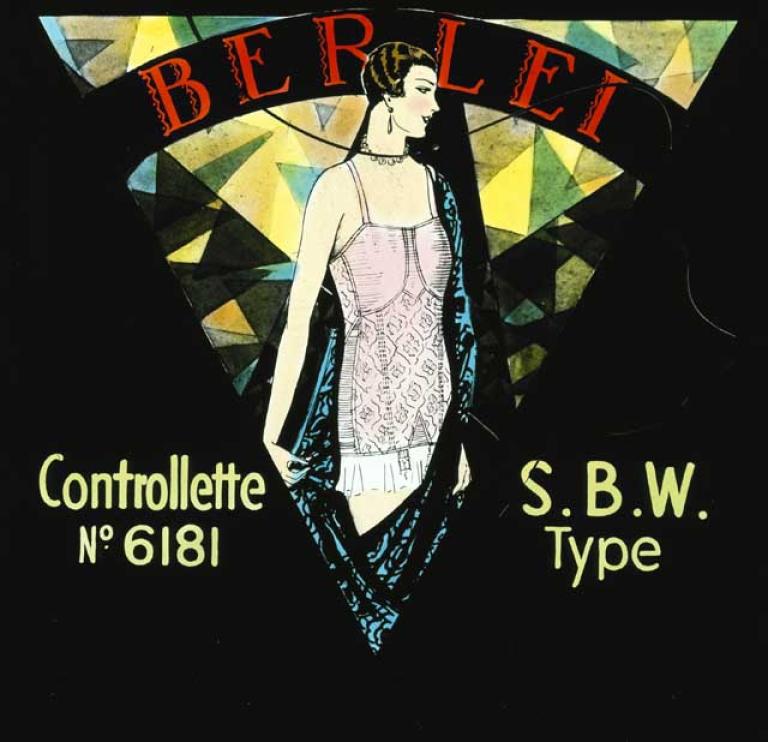
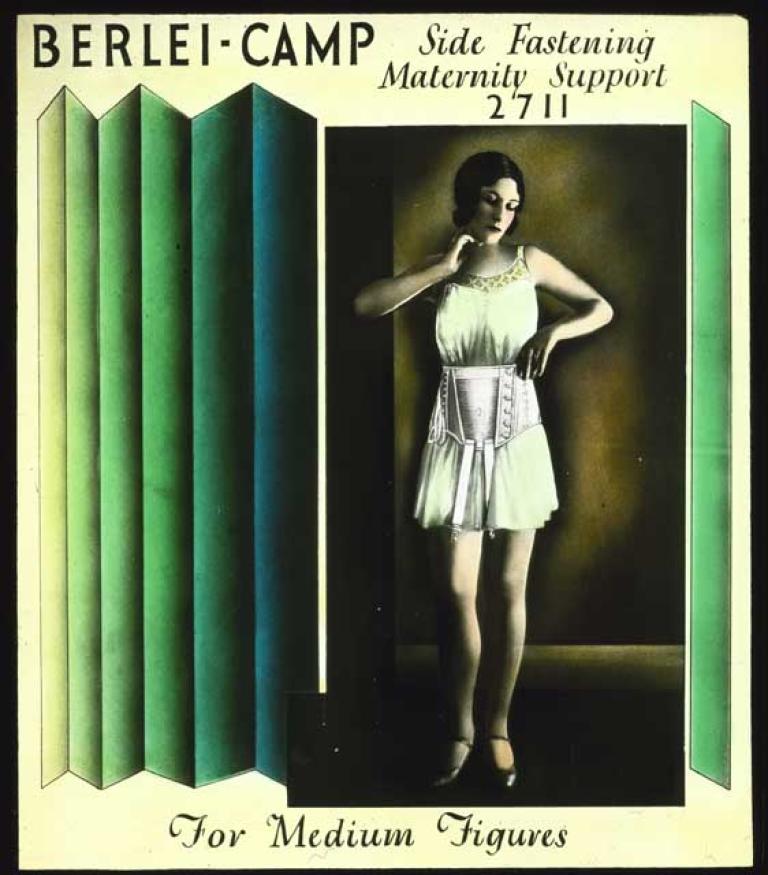
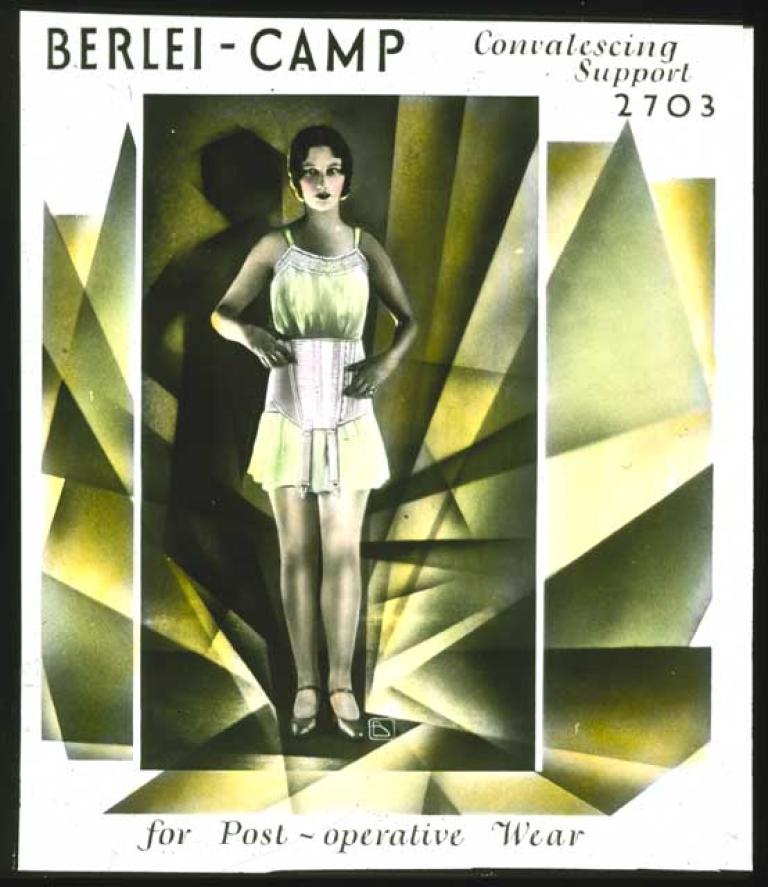
The National Film and Sound Archive of Australia acknowledges Australia’s Aboriginal and Torres Strait Islander peoples as the Traditional Custodians of the land on which we work and live and gives respect to their Elders both past and present.
